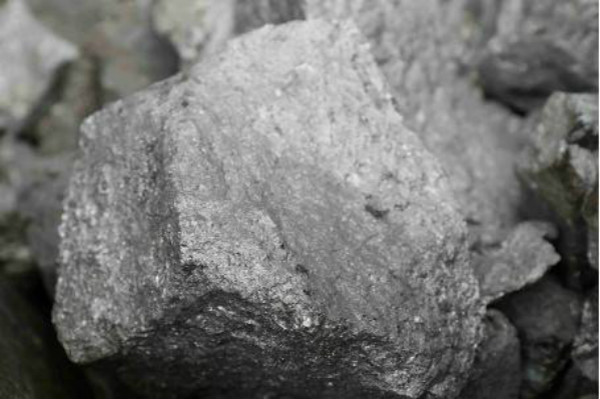
15311826613
Click to add WeChatVanadium-titanium magnetite is the main mineral resource for extracting vanadium. Iron, vanadium and titanium often coexist in the mineral. Generally, the mineral contains 0.1~2wt.% V2O5. If you want to obtain high-grade vanadium concentrate, the choice of beneficiation process is very important. At present, there are three main beneficiation processes for vanadium-titanium magnetite, namely direct vanadium extraction process, vanadium slag vanadium extraction process and steel slag vanadium extraction process. Let's learn about it together!

For vanadium-titanium magnetite with high vanadium content (generally containing V2O5 mass fraction), direct vanadium extraction process can be used. The direct vanadium extraction process is the first generation of vanadium extraction process using vanadium-titanium magnetite to extract vanadium pentoxide, that is, directly using vanadium-titanium magnetite concentrate with sodium salt or calcium salt for oxidative roasting to extract vanadium pentoxide, and the iron concentrate after vanadium extraction is further separated from iron and titanium.
The advantages of direct vanadium extraction are short process flow, simple raw material processing, high vanadium recovery rate, which can reach more than 80%; however, the process itself also has shortcomings, mainly large material processing volume, high additive consumption; large equipment investment; high roasting temperature, long leaching time, high energy consumption, low vanadium concentration in leachate, high difficulty in direct vanadium precipitation, and large amount of waste liquid difficult to handle; it is difficult to recycle the residue after leaching, the sodium salt content is too high to be used directly as a blast furnace raw material alone, and there are problems such as powdering and ringing when using rotary kiln reduction
Vanadium extraction from vanadium slag is also called pyrometallurgical vanadium extraction. It is to process vanadium-titanium magnetite through a blast furnace or electric furnace to obtain vanadium-containing molten iron, and then selectively oxidize the vanadium in the molten iron to enrich it into slag, called vanadium slag. Then vanadium is extracted from the vanadium slag, and the semi-steel is further blown into qualified molten steel in a converter. This vanadium extraction method is the mainstream vanadium extraction method at home and abroad. It is more economical than direct vanadium extraction from vanadium-titanium magnetite. There are sodium roasting vanadium slag vanadium extraction process and calcium roasting vanadium slag vanadium extraction process
Vanadium extraction from sodium roasting vanadium slag: There are many reported vanadium extraction processes from vanadium slag. The main process is high-temperature sodium oxidation roasting, that is, Na2CO3, NaCI, etc. are used as additives to convert vanadium into water-soluble sodium salts through high-temperature sodium oxidation roasting, and then water leaching is performed to obtain a leachate containing vanadium and a small amount of impurities. After adding ammonium salt and adjusting the pH value, vanadium is precipitated in the form of ammonium metavanadate or ammonium polyvanadate. The ammonium vanadate is roasted and decomposed by heat to obtain vanadium pentoxide products.
Calcification roasting vanadium slag vanadium extraction:Calcification roasting is to add calcium salt as an additive to vanadium slag for roasting, so that vanadium is oxidized to form water-insoluble calcium salt, and then it is leached with carbonate or dilute sulfuric acid, and the pH value of the leaching solution is reasonably controlled to generate VO3- and V10O285- plasma, and at the same time purify and remove impurities, and finally use hydrolysis to precipitate vanadium, dehydrate and dry to obtain V2O5 products.
The process of vanadium extraction from converter steel slag is to directly blow vanadium-containing molten iron into steel. Vanadium is oxidized into steel slag as an impurity. Steel slag contains about 2~5wt.% V2O5. As a raw material for vanadium extraction, the successful research of vanadium extraction from vanadium-containing steel slag can not only combine steelmaking and vanadium production, save equipment for blowing vanadium slag, save investment, but also solve the contradiction between steelmaking and vanadium extraction in the vanadium slag method.
The above is an introduction to the process flow of vanadium extraction from vanadium-titanium magnetite. In actual minerals, titanium or magnetite ore can also be extracted from vanadium-titanium magnetite according to the content of inter-mineral properties.
Other iron ore processes: Hematite process, Limonite process, Siderite process, Pyrite process, Ilmenite process, Manganese iron ore process